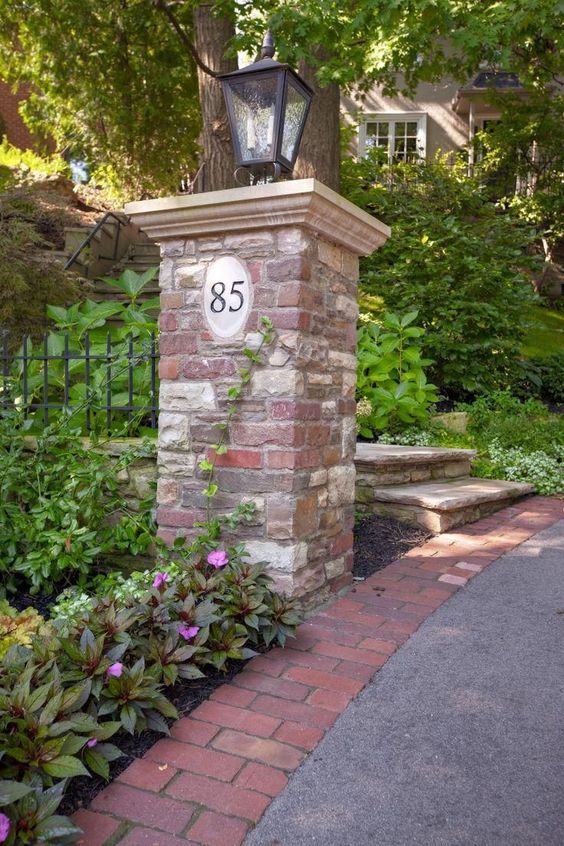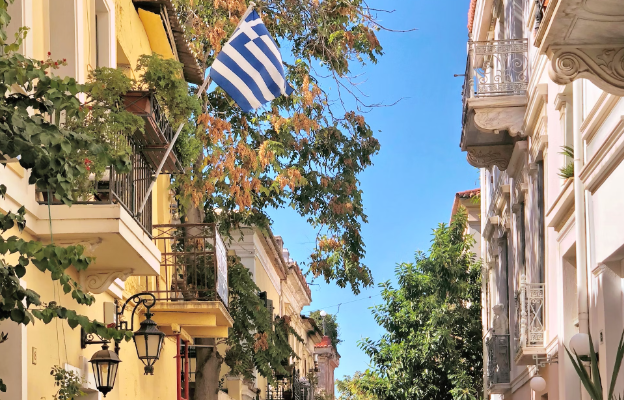Over the last several years, more and more cities all across the USA have opted to exchange their traditional incandescent streetlights for much more efficient and durable LEDs. Not only small towns and communities but also giants like Los Angeles and New York.

Photo: Ilandscapin
When you take into account the millions in potential savings, it is no wonder they decided to undertake the massive changes. However, the process can be taken even further into the ‘green’ and eco-friendly direction. Solar streetlights like these https://www.streetlights-solar.com/solar-street-lighting.html not only benefit from the durability and effectiveness of LED light fixtures but also use solar energy to power those LEDs, further saving both money and electricity. But, what are the advantages of the LED light fixtures over the regular ones?
LEDs Reduce the Light Pollution
The exact feature which was often taken against LED light fixtures for the indoors now seems to help them be the better option for the outdoors. Namely, the directional nature of these light fixtures means that the light emitted is pointed to where it can be used by the people – down.
On the other hand, another lighting idea is that incandescent lights disperse the light in all directions, meaning that they add to the light pollution. If you have never heard of light pollution, look up at the sky at night. Can you see the stars? How many? What about the Milky Way? If you can’t see hundreds of stars, the main reason is the light we are surrounded by – the light pollution. The biggest offender are the regular street lights.
However, with LEDs, this problem is significantly reduced, as the light is only directed to the useful areas, deliberately avoiding pointing it upwards. The LED technology has evolved, so it can be omnidirectional, just like other light sources, but the experts make a conscious effort to avoid light pollution.
Energy Savings
The most important reason to make the transition into the LED light fixtures for a local government is most certainly the cost savings. If you use incandescent lights to transform your space at your house, you most likely use the 75-100W ones. However, an equivalent LED bulb will only consume somewhere between 14 and 20W. That is a five-fold reduction per light bulb. If you calculate that for the whole house with at least 20 light bulbs and for the duration of a year, it comes down to some significant savings.
No matter how much home use of LEDs is important and how much it saves money and energy, it cannot be compared to the massive savings big cities can expect. Los Angeles’ roughly 150,000 light fixtures have been exchanged to the tune of $7 million of savings, whereas an even more ambitious New York’s program exchanged 250,000 for a staggering $14 million savings in maintenance and energy consumption.
However, as mentioned before, the savings could have been even higher if they had had enough vision and forward thinking to implement solar streetlight solutions. However, it is at least a step in the right direction.
Durability
A lot of people who have been trying to save electricity will gladly point to CFL bulbs as an equivalent to LEDs in terms of savings. While it is true that they are comparable to LEDs in terms of energy consumption, they are nowhere near when it comes do durability.
The standard incandescent light bulb has a life expectancy of around 1200 hours, which can last for about a year. CFL lights greatly improve that with around 8000 hours, which is about 7 years. However, an LED has an impressive 25,000 hour lifespan – enough to last for 20 years without changing. When applied to the scale of the big cities like LA and NY, the savings are more than obvious.







